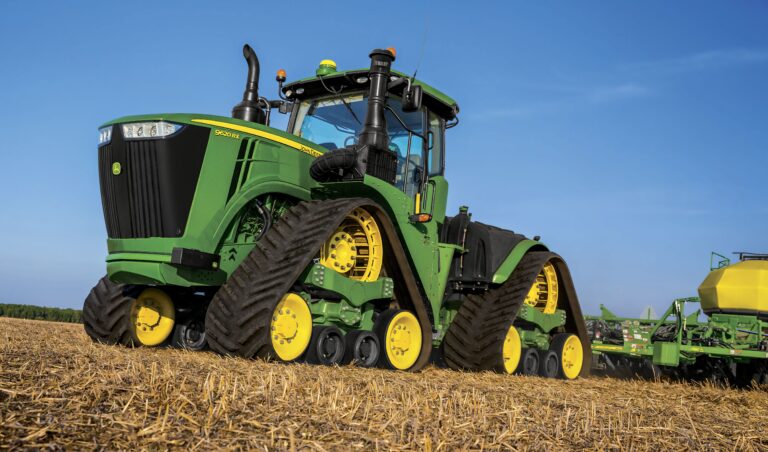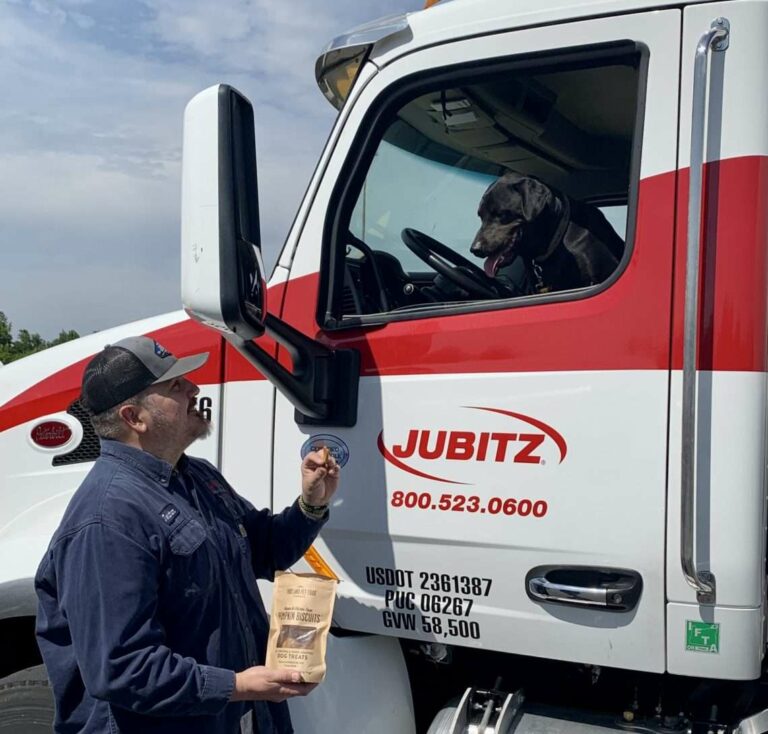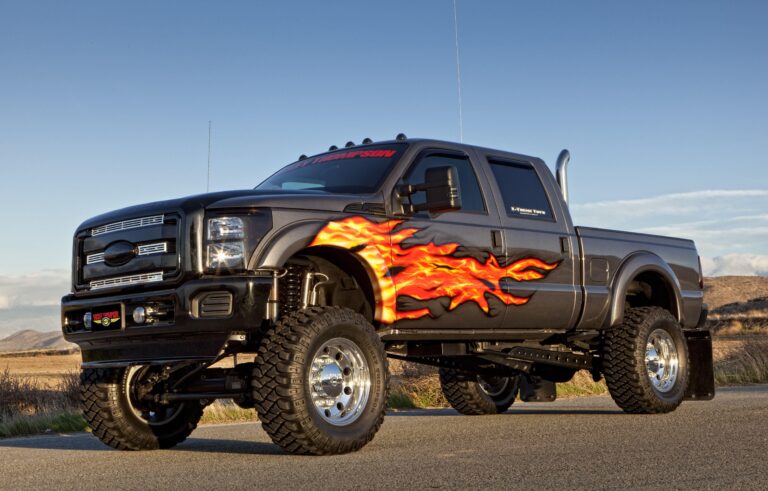12 Ft Truck Dimensions: Your Comprehensive Guide to This Versatile Vehicle
12 Ft Truck Dimensions: Your Comprehensive Guide to This Versatile Vehicle cars.truckstrend.com
In the world of moving, hauling, and local logistics, selecting the right vehicle is paramount. Too small, and you’ll be making multiple trips; too large, and you’re wasting money on unused space and struggling with maneuverability. Enter the 12 ft truck – a popular and incredibly versatile option that strikes a sweet spot for many individuals and businesses. But what exactly does "12 ft" signify, and what are the crucial dimensions you need to understand before you rent or buy one?
This comprehensive guide will delve deep into the world of 12 ft truck dimensions, exploring everything from exterior measurements to interior cargo space, weight capacities, and practical considerations. By the end, you’ll have a clear understanding of whether a 12 ft truck is the ideal solution for your next project.
12 Ft Truck Dimensions: Your Comprehensive Guide to This Versatile Vehicle
Understanding the "12 Ft" Designation
When we talk about a "12 ft truck," the "12 ft" almost universally refers to the length of the truck’s cargo box or interior storage area. This is the usable space where you’ll be loading your belongings, furniture, or goods. It’s crucial to understand that this measurement does not include the cabin, engine compartment, or any external bumpers. While the cargo box is 12 feet long, the overall length of the entire vehicle will be significantly longer.
This size is particularly popular because it offers a generous amount of space for smaller moves (like studio apartments or 1-bedroom homes), significant hauls of furniture or appliances, or supplies for DIY projects, without being overly cumbersome to drive or park compared to larger 16 ft or 26 ft trucks.
Key Dimensions Explored: More Than Just Length
To truly understand a 12 ft truck, you need to look beyond just the 12-foot cargo length. Here are the critical dimensions to consider:
1. Exterior Dimensions (Overall Size)
These measurements are vital for navigating tight spaces, parking, and ensuring the truck fits under overhead obstacles.
- Overall Length: Typically ranges from 18 to 20 feet. This includes the cabin, engine, and cargo box. Knowing this is crucial for parking spots, driveways, and street parking.
- Overall Width: Usually between 7.5 to 8 feet (approximately 90-96 inches). This often includes the side mirrors, which can extend beyond the main body. Be mindful of narrow lanes, gates, or garage entrances.
- Overall Height: Generally between 9 to 10 feet (approximately 108-120 inches). This is one of the most critical dimensions to remember. Low bridges, parking garage entrances, drive-thru lanes, and even tree branches can pose significant hazards if you’re not aware of the truck’s height. Always look for clearance signs!

2. Interior Dimensions (Cargo Box)

This is the usable space you’re paying for, and understanding its exact measurements will help you plan your load effectively.
- Length: As established, approximately 12 feet (144 inches). This is the length from the rear door to the back of the cabin wall.
- Width: The interior width is almost always less than the exterior width due to the thickness of the walls. Expect it to be around 6.5 to 7 feet (approximately 78-84 inches). This is important for wider items like sofas or queen-sized mattresses.
- Height: The interior height typically ranges from 6 to 7 feet (approximately 72-84 inches). This allows for stacking boxes and standing up taller items like refrigerators or dressers. However, remember to factor in the height of any built-in wheel wells, which can intrude into the lower cargo space.

3. Door Opening Dimensions
Often overlooked, these measurements are critical for loading bulky items.
- Rear Door Width: Usually about 6 to 6.5 feet (72-78 inches). This determines the widest item you can slide directly into the truck.
- Rear Door Height: Similar to the interior height, typically around 6 to 6.5 feet (72-78 inches). This dictates the tallest item you can get through the door without tilting.
4. Ground Clearance and Loading Height
- Loading Deck Height: The height of the cargo floor from the ground is important for ease of loading. For 12 ft trucks, this is generally between 2.5 to 3 feet (30-36 inches). Many 12 ft trucks are designed with a low deck for easier loading, often not requiring a liftgate, but a ramp is almost always recommended or provided.
5. Wheelbase
- Wheelbase: While not a direct "dimension" for cargo, the wheelbase (distance between the center of the front and rear wheels) affects the truck’s turning radius and stability. For a 12 ft truck, this might be around 130-150 inches. A shorter wheelbase makes for easier maneuvering in tight urban environments.
Weight Capacities: What Can It Really Carry?
Beyond physical dimensions, a truck’s weight capacity is equally important for safety and legality.
- Payload Capacity: This refers to the maximum weight of cargo the truck can safely carry, including the weight of the driver and any passengers. For a typical 12 ft truck, the payload capacity is usually between 3,000 to 4,000 pounds (1,360 to 1,814 kg). Always check the specific truck’s decal for its exact capacity.
- Gross Vehicle Weight Rating (GVWR): This is the maximum permissible total weight of the truck, including the vehicle itself, its fuel, cargo, and occupants. For a 12 ft truck, the GVWR is typically under 10,000 lbs (4,536 kg), meaning it can usually be driven with a standard driver’s license in most jurisdictions, without needing a Commercial Driver’s License (CDL).
- Towing Capacity: Most 12 ft box trucks are not equipped with a tow hitch, or if they are, their towing capacity is minimal. If you need to tow a car or trailer, you’ll likely need a larger truck or a different type of rental.
Common Uses and Benefits of a 12 Ft Truck
The specific dimensions of a 12 ft truck make it ideal for a variety of applications:
- Small Apartment Moves: Perfect for studio apartments, dorm rooms, or 1-bedroom apartments. It can typically fit major furniture items like a queen-sized bed, dresser, sofa, and numerous boxes.
- Furniture and Appliance Hauling: Ideal for picking up large purchases (e.g., refrigerator, washer/dryer, large sofa, dining table) from a store or private seller.
- DIY Projects: Transporting lumber, drywall, large tools, or landscaping materials.
- Local Deliveries: Many small businesses use 12 ft trucks for local product deliveries, especially for items too large for a standard van.
- Cost-Effectiveness: Generally cheaper to rent and operate (fuel-wise) than larger trucks, making it a budget-friendly option for smaller jobs.
- Easier to Drive: While larger than a car, a 12 ft truck is significantly easier to maneuver, park, and drive in urban environments compared to 16 ft, 20 ft, or 26 ft trucks.
Important Considerations Before Renting/Buying
Before committing to a 12 ft truck, consider these practical aspects:
- What Are You Moving? Make a detailed inventory of your largest items. Measure them to ensure they fit through the rear door and into the cargo box. If you’re borderline, consider the next size up.
- Driving Experience: While easier than larger trucks, remember it’s still bigger and heavier than your personal vehicle. Practice wide turns, allow extra braking distance, and be mindful of your overall height.
- Fuel Economy: Expect poor gas mileage (typically 8-12 MPG). Factor fuel costs into your budget.
- Ramp/Liftgate: Most 12 ft trucks come with a built-in ramp for easier loading. Confirm this when renting. Liftgates are rare on this size.
- Insurance: If renting, your personal auto insurance may not cover rental trucks. Consider purchasing the rental company’s coverage for peace of mind.
- Parking and Maneuvering: Plan your route, especially in residential areas or city centers. Identify potential parking spots in advance.
- Clearance: ALWAYS be aware of the truck’s height. Look for signs indicating low clearances (bridges, tunnels, parking garages, drive-thrus). A simple mistake can be extremely costly.
Tips for Maximizing Space and Safety
- Pack Smart: Load heavy items first and keep them low and centered over the axles. Distribute weight evenly.
- Utilize Height: Stack boxes and items vertically to maximize the interior height.
- Secure Your Load: Use tie-downs, rope, or moving blankets to prevent items from shifting during transit. Shifting cargo can damage your belongings and impact the truck’s stability.
- Check Fluids and Tires: Before driving, do a quick check of tire pressure, oil, and coolant, especially if it’s a rental.
- Drive Cautiously: Account for the increased weight and size. Accelerate and brake gently, and leave plenty of space between your truck and other vehicles.
Potential Challenges and Solutions
- Overestimating Capacity: The most common mistake.
- Solution: When in doubt, go slightly larger. It’s better to have too much space than not enough. Use online calculators or consult with rental staff.
- Maneuvering in Tight Spaces: Backing up and turning can be challenging.
- Solution: Use a spotter when backing up. Plan your route to avoid overly narrow streets or sharp turns.
- Fuel Costs: Can add up quickly, especially for longer distances.
- Solution: Plan the most efficient route. Pack well to minimize the number of trips.
- Loading Heavy Items: Getting large, heavy items into the truck can be physically demanding.
- Solution: Rent a hand truck or furniture dolly. Enlist help from friends or family.
Price Guide: 12 Ft Truck Rental (Estimates)
Please note that these are estimated ranges and actual prices can vary significantly based on:
- Rental Company: U-Haul, Budget, Penske, Enterprise, local providers.
- Location: Prices differ by city, state, and region.
- Time of Year: Peak moving season (summer, end of month) will be more expensive.
- Duration: Daily, weekly, or monthly rates.
- Mileage: Most rentals include a per-mile charge.
- Additional Services: Insurance, dollies, blankets, fuel options.
| Item/Service | Typical Estimated Range | Notes/Factors Affecting Price |
|---|---|---|
| Daily Rental Fee | $19.99 – $39.99 | Base rate; often doesn’t include mileage. |
| Mileage Fee | $0.59 – $0.99 per mile | Charged per mile driven. Major cost factor for longer distances. |
| Weekly Rental Fee | $150 – $300 | Discounted daily rate for longer periods. |
| Insurance (Basic) | $10 – $25 per day | Covers damage to the truck. Varies by provider and coverage level. |
| Insurance (Premium/Surcharge) | $25 – $50 per day | More comprehensive coverage, often including cargo. |
| Dolly/Hand Truck Rental | $7 – $15 per day | Essential for heavy items. |
| Furniture Pad/Blanket Rental | $1 – $3 per pad/day or $10-$20/dozen | Protects items from scratches. |
| Fuel | Variable | You typically return the truck with the same fuel level you received it. Costs depend on mileage and current gas prices. |
| Environmental Fee/Taxes | $1 – $5 / 5-10% | Standard fees added by rental companies. |
Important Tip: Always get a detailed quote from multiple companies, including all potential fees (mileage, insurance, taxes, environmental fees) to compare "apples to apples."
Frequently Asked Questions (FAQ)
Q1: What can a 12 ft truck typically hold?
A1: A 12 ft truck is generally suitable for moving a studio apartment, a dorm room, or a small 1-bedroom apartment. It can comfortably fit a queen-sized bed, a dresser, a small sofa or loveseat, a few appliances (like a washing machine or refrigerator), and numerous boxes.
Q2: Do I need a special license to drive a 12 ft truck?
A2: In most countries, including the United States and Canada, you do not need a Commercial Driver’s License (CDL) to drive a 12 ft truck. A standard Class D (or equivalent) driver’s license is sufficient, as its Gross Vehicle Weight Rating (GVWR) is typically under the CDL threshold (usually 10,000 lbs or 26,000 lbs depending on specific regulations).
Q3: How much does it cost to rent a 12 ft truck?
A3: Rental costs vary widely. Expect a base daily rate between $20-$40, plus a mileage fee (e.g., $0.60-$1.00 per mile). Additional costs include insurance (optional but recommended, $10-$50/day), fuel, and rental of moving equipment (dollies, blankets). Always get a detailed quote.
Q4: Are 12 ft trucks difficult to drive?
A4: While larger than a car, 12 ft trucks are considered relatively easy to drive compared to larger moving trucks. They are more agile, have a better turning radius, and are less intimidating for first-time truck drivers. However, you’ll still need to adjust to the increased length, width, height, and braking distance.
Q5: What’s the fuel economy of a 12 ft truck?
A5: Fuel economy is generally poor. Expect anywhere from 8 to 12 miles per gallon (MPG), depending on load, terrain, and driving style. Plan for significant fuel costs, especially for longer distances.
Q6: Can I tow a car or trailer with a 12 ft truck?
A6: Most 12 ft box trucks are not equipped with a tow hitch, or if they are, their towing capacity is very limited. If you need to tow a vehicle or a separate trailer, you will likely need to rent a larger truck specifically designed for towing or consider a car carrier attached to a larger truck.
Q7: What is the average payload capacity of a 12 ft truck?
A7: The average payload capacity for a 12 ft truck is typically between 3,000 to 4,000 pounds (1,360 to 1,814 kg). Always check the specific truck’s information sticker for its exact payload capacity.
Conclusion
The 12 ft truck is a fantastic workhorse for a wide array of tasks, from residential moves to commercial hauling. Its balanced dimensions offer a blend of generous cargo space and manageable drivability, making it an attractive option for those who need more than a van but less than a semi-trailer.
By understanding its key dimensions – exterior length, width, and crucial height; interior cargo space; door openings; and weight capacities – you can confidently assess whether this versatile vehicle is the right fit for your specific needs. Remember to factor in not just the space, but also the practicalities of driving, loading, and cost. With careful planning and attention to these details, your experience with a 12 ft truck will be smooth, efficient, and successful.





